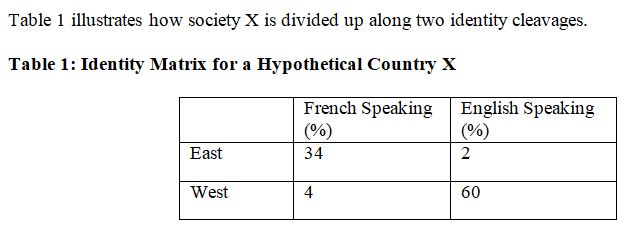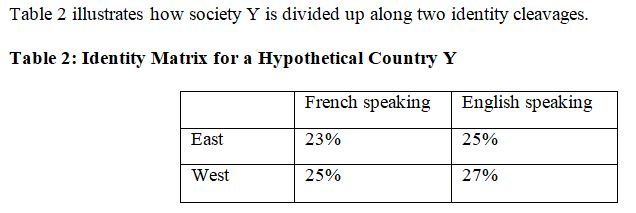Based on the correlation and distribution of attributes in countries X and Y below, which country do you expect to have more politicized social groups (controlling for other factors)?


A. X will have more.
B. Y will have more.
C. X and Y will have the same.
B. Y will have more.
You might also like to view...
In Switzerland, how is it determined whether a law is constitutional or not?
a. through a debate of party officials on TV b. through the court of Helvetia c. through a referendum d. through representatives of judges of the Swiss cantons e. by the European Court of Justice
Which of the following accurately describes the representation of women in Congress?
a. There are no women currently serving in the Senate. b. Fewer than two dozen women currently serve in the House. c. House and Senate rules require equal representation by gender, although this seldom happens in practice. d. The number of women has increased in recent years, although women are still considerably underrepresented. e. Because the number of women serving in Congress has increased, women are no longer underrepresented.
Discuss the historic policies that were used in Texas to deny access to the ballot. How have some of those policies been changed, and have those changes assured equal participation and representation by all groups?
What will be an ideal response?
Civil rights protests in Birmingham, Alabama, in 1963
a. reinforced President Kennedy’s desire to move less controversial legislation tackling social issues before addressing segregation. b. illustrated that many southern states would respond peacefully to the protests without necessarily agreeing to the political demands. c. helped move public opinion on the matter and convinced President Kennedy that inaction might have significant costs in the upcoming 1964 election. d. represented a major breakthrough as the State of Alabama decided to protect civil rights to end the protests peacefully.